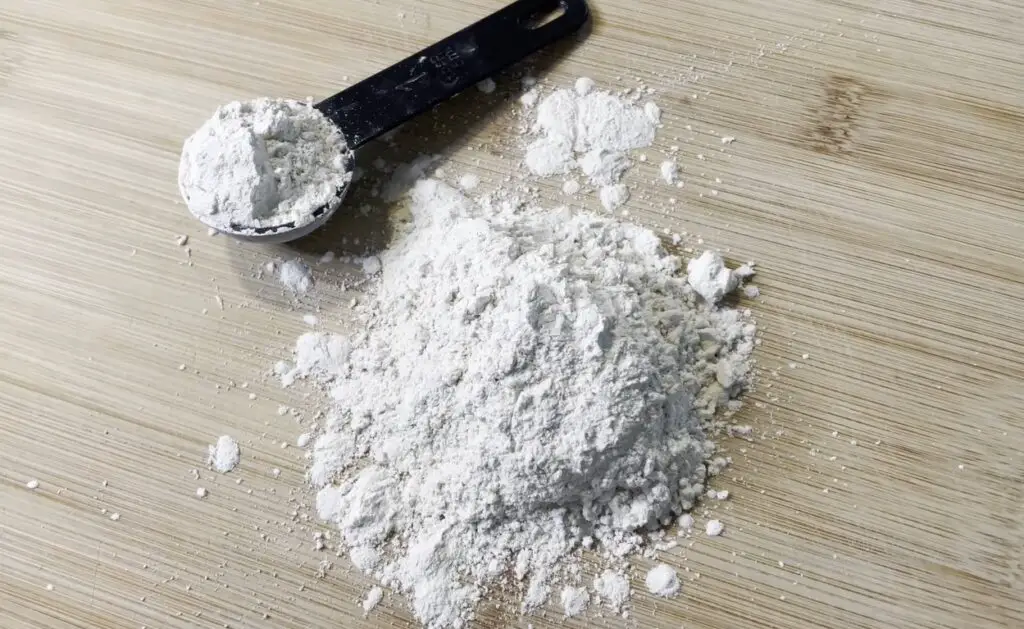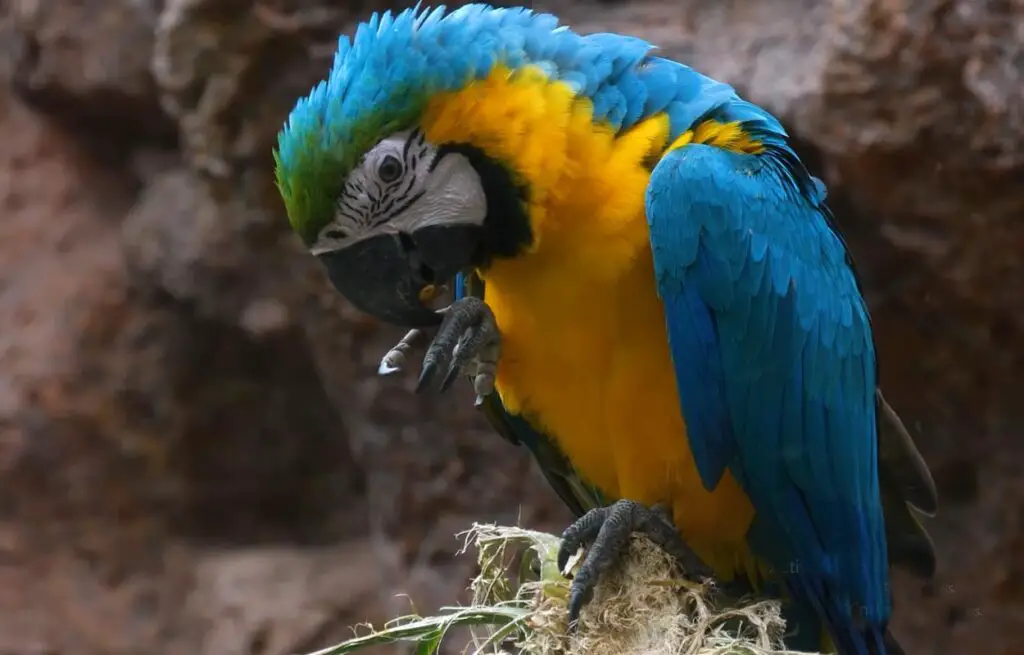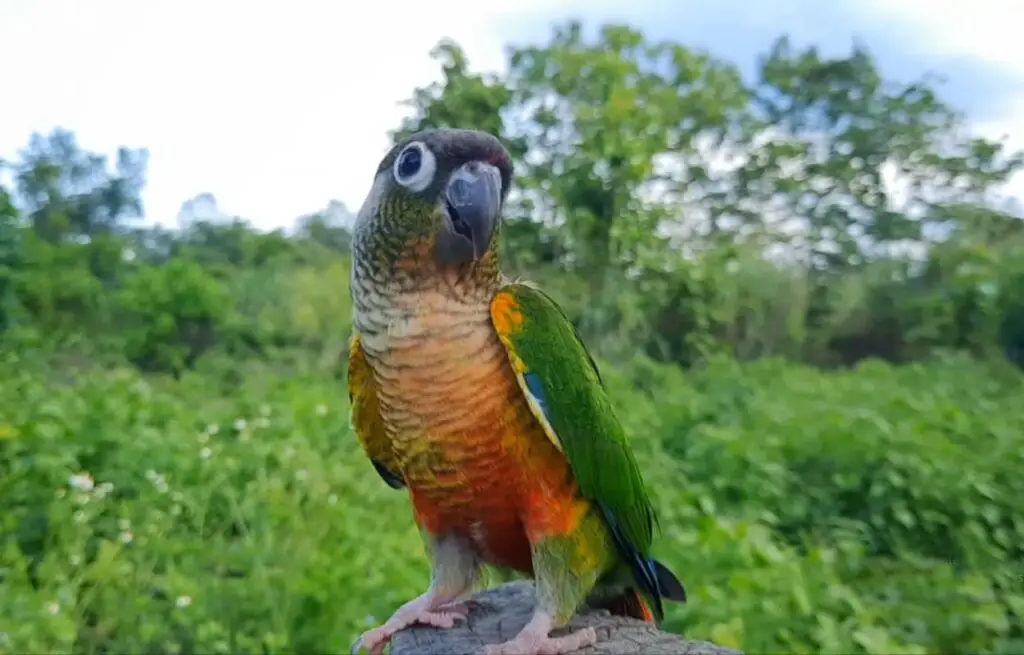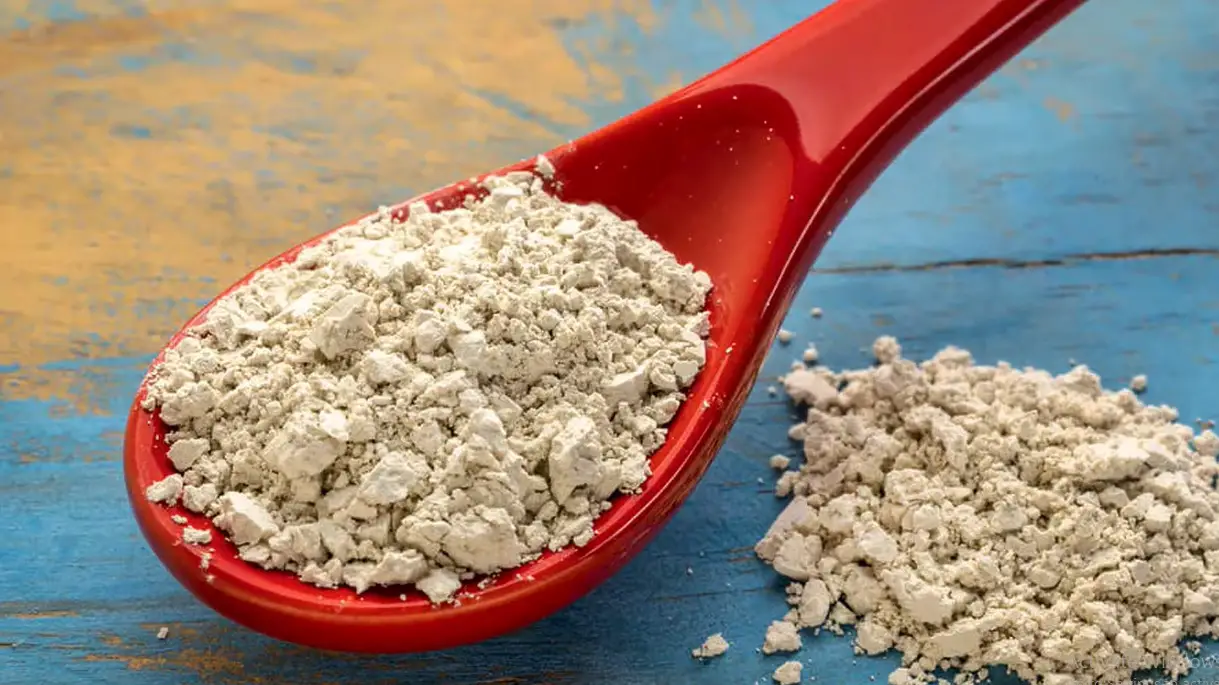Is Diatomaceous Earth Harmful to Birds? Here’s Everything You Need to Know
Diatomaceous earth poses a fatal threat to birds’ health, and let me explain why. Diatomaceous earth, or DE, is primarily used for pest control and agricultural filtration. It also works really well to improve skin quality.
While this might make DE seem like an all-around beneficial substance, the fact that it can have these effects renders it a harmful component to ingest.
Consider this: if a substance can kill pests and clear dirt, imagine what it could do to the delicate digestive system of a bird. But how harmful is it, and how can you safeguard your bird from these poisons?
You’ll find answers to these questions in this article. Keep reading.
What Actually Is Diatomaceous Earth and What Does It Do to Birds?
In simple terms, Diatomaceous earth is a naturally occurring sedimentary rock made from the fossilized remains of microscopic aquatic plants known as diatoms. DE comes in various forms, the most popular being food-grade and industrial-grade.
Food-grade and industrial-grade DE are the most common types. Food-grade DE is widely recognized as safe for human consumption. It’s used in food processing and as a dietary supplement for animals.
On the other hand, industrial-grade DE contains a higher level of crystalline silica and is primarily used for filtration and industrial applications. This form of DE is the most harmful.
But why are birds vulnerable to this substance?
Well, birds have a unique respiratory system and skin characteristics that make them highly sensitive to airborne substances and particulate matter. Unlike mammals, birds possess air sacs facilitating efficient airflow through their lungs.
This distinctive anatomy makes birds susceptible to respiratory irritation when exposed to fine particles like those in diatomaceous earth. Furthermore, the abrasive nature of DE can disrupt the preen-gland oil of birds. This, in turn, can affect their waterproofing and insulation.

Numerous studies conducted in the past decade have discovered that inhaling and ingesting DE particles can lead to respiratory distress and digestive complications in avian species.
Although contradictory research exists, the most reliable studies recommend preventing birds from coming into direct contact with DE.
How Your Pet Bird is Likely to Get into Contact with Harmful Diatomaceous Earth
Your beloved bird can inadvertently come into contact with harmful diatomaceous earth in various scenarios. Here are a few common situations your bird may encounter:
Airborne Exposure
If you use DE in your home or garden for pest control, the fine particles of DE can become airborne during application. Birds have a naturally sensitive respiratory system, and they can inhale these particles if they are present in the air.
Dust Bathing
Birds often engage in dust bathing as part of their grooming routine. If there is loose DE in the surroundings, your pet bird may mistakenly use it for dust bathing. This would expose them to abrasive particles.
Foraging
Certain bird species, such as chickens and pigeons, forage on the ground for food. If the ground has DE spread across it, there could be a problem. DE might be spread across a field for pest control purposes. Regardless of the nature of the ground, ingesting DE along with the food can cause the bird to suffer from the toxic effects of DE
Nesting Material
Birds typically gather various materials to build their nests. Even if you provide a nice little home for them in your house, they will still try to build their own nests.
It’s their natural instinct, and you can do nothing to stop it. However, while collecting these materials, the birds may unknowingly use components laced with DE.

Illnesses Your Bird May Have from Diatomaceous Earth
Exposure to harmful diatomaceous earth can lead to several health issues in pet birds. The common diseases are:
Respiratory Distress
Birds can easily inhale the fine particles of DE, which can cause irritation to their delicate respiratory systems. You can identify this problem by observing unusual coughing, sneezing, and wheezing. Most importantly, if you pay close attention, you’ll notice they have difficulty breathing.
Eye and Skin Irritation
DE particles commonly cause irritation to the eyes and skin of birds. If your bird is indeed affected by DE, you’ll notice redness, itching, and discomfort in your bird.
Digestive Complications
If your bird somehow ingests DE, it can cause abrasions and quickly damage the digestive tract. Eventually, this can lead to gastrointestinal distress, vomiting, and diarrhea. Monitor the bird’s stool to ensure they are not experiencing such issues.
Feather and Preen Gland Issues
The abrasive nature of DE can damage feathers and disrupt the preen gland’s oil distribution. As a result, the bird may no longer remain waterproof, and their insulation can also be affected.

What To Do If Your Bird Ingests or Inhales Harmful Diatomaceous Earth
Suppose you suspect that your pet bird has mistakenly ingested or inhaled harmful diatomaceous earth. In that case, you should immediately take the following steps:
Inhalation
If your bird shows signs of respiratory distress, promptly move it to an open space with fresh air. Additionally, keep a close eye on its breathing and consult a veterinarian if the symptoms persist.
Ingestion
If your bird accidentally ingests DE, provide it access to fresh water. This will help flush its digestive system.
If the bird doesn’t drink the water, you’ll need to take matters into your own hands. Gently hold the bird with a steady grip and then introduce a small water-filled syringe to its mouth.
Slowly administer the water until the bird has consumed some. If the symptoms worsen, take it to a vet.
Veterinary Care
When your bird has come into direct contact with DE, it’s always best to take it to a vet as soon as possible. However, if the vet is far away, you should try the abovementioned methods.
But if you have easy access to a vet, it’s wise not to waste any time and consult them for prompt relief. They can provide a proper diagnosis and swift treatment tailored to your bird’s needs.
How To Prevent Your Bird from Getting in Direct Contact with Diatomaceous Earth
As you can see, if your bird mistakenly digests or inhales DE, it can lead to something fatal. If not fatal, then it will certainly cause irritation to your bird. This is why, to avoid this situation, you can take the following measures:
Application Timing
Apply diatomaceous earth when your bird is not present in the area. This will help minimize its exposure to airborne particles.
Controlled Environment

If you use DE indoors, consider enclosing the treated area. This way, your birds won’t be able to access it and will remain safe from its adverse effects.
Clean-Up
After using DE, promptly clean up any excess or spilled powder to reduce the chance of accidental contact.
Alternative Pest Control
Since DE harms your bird, you can use alternative materials for pest control. Consult your vet and opt for alternative pest control methods less abrasive to birds. For example, using mechanical traps and deploying natural predators is a good idea.
My Last Words
It’s not uncommon for birds to die from diatomaceous earth exposure. Though it’s undoubtedly unfortunate, it happens more frequently than you might think.
However, now that you know the reasons, effects, and how diatomaceous earth impacts birds, there shouldn’t be any issues. Always ensure that birds are kept away from DE. By following the methods mentioned here, it’s possible.
Even if your bird has already been affected by DE, you now know the solution. So, bookmark this article and return to it in an emergency to save your feathered friend from its potentially fatal fate.
